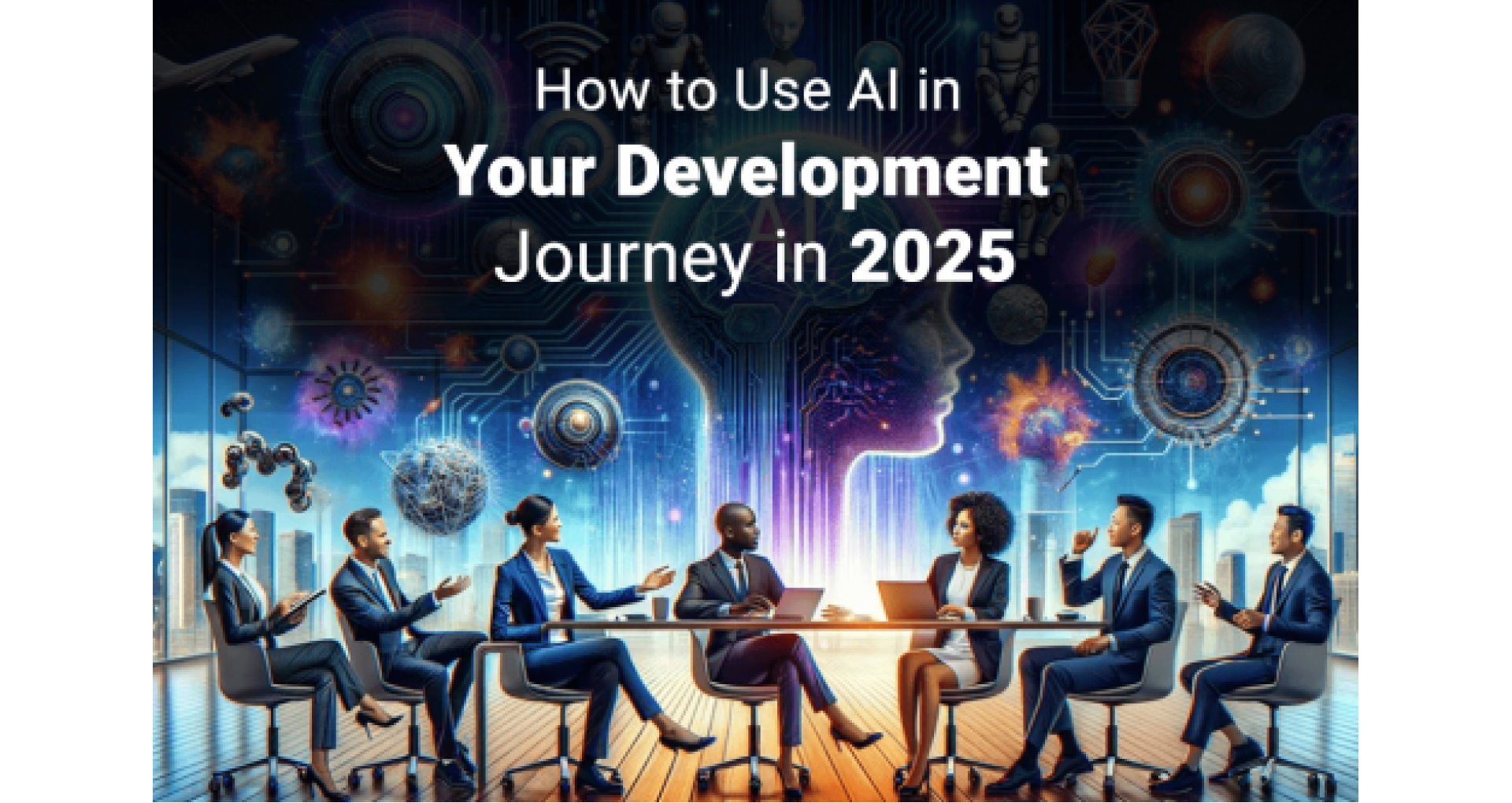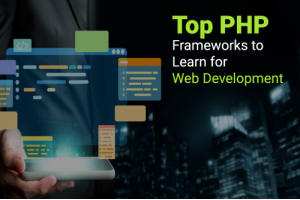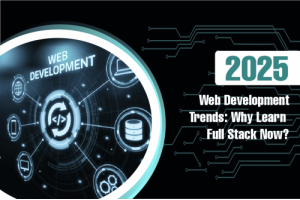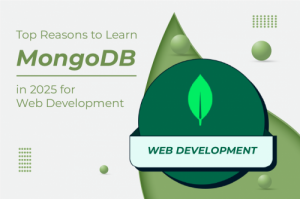
How to Use AI in Your Development Journey in 2025
2025 has seen a dramatic transformation in the development landscape. AI tools have evolved from novelties to essential companions for developers at all skill levels. Whether you are new to coding or an experienced pro, using AI in your work can boost your productivity. It can also help you learn faster than ever.
Here's how to leverage AI effectively in your development journey this year.
Pair Programming with AI Assistants
Remember the days when you'd get stuck on a bug for hours? That's becoming a thing of the past. Today's AI coding assistants Don't just fill in your lines automatically. they function as full-fledged pair programmers.
I've found the most value in using AI not just for generating code, but for the conversations around it. When I plan a new feature, I discuss the design with Claude or other helpers before I write anything. The AI challenges my assumptions, suggests alternative approaches, and helps me think through edge cases I might have missed.
Personalized Learning Paths
One of the most revolutionary changes AI has brought to development is personalized learning. Instead of using generic tutorials, you can now have an AI tutor. This tutor adapts to your specific knowledge gaps and learning style.
Web Development Acceleration
For web development, AI tools now offer interactive tutorials. They first look at your coding style and knowledge. Then, they make a custom learning plan for you.
These tools can tell if you should learn JavaScript basics. They can also check if you are ready for advanced frameworks like React or Vue.
When I had trouble with responsive design, my AI assistant created challenges. These challenges helped me learn CSS Grid and Flexbox in real situations, not just in separate examples.
App Development Mastery
Mobile and app development has similarly been transformed. AI can help you understand Swift for iOS or Kotlin for Android. It gives real-time feedback on your code and makes suggestions.
The learning curve for creating your first functional app has never been shorter.
Frontend and Backend Specialization
You can choose to focus on frontend development or backend development. Frontend development is about user experience and design. Backend development involves working with databases and servers. AI assistants can provide useful help for your journey in either area.
For frontend developers, AI can analyze your UI components for accessibility issues or performance bottlenecks before you even deploy. AI assists backend developers with database schema optimization and API design. These tasks used to take years of experience to learn.
Last month, I learned Rust. I had my AI assistant create exercises for my specific struggles—ownership and borrowing. As I solved problems, the AI changed the difficulty based on my progress. It also gave me explanations when I got stuck.
This personalized approach has dramatically shortened the learning curve for picking up new languages and frameworks. What people used to take months to accomplish, they can now often get done in weeks.
Code Refactoring and Optimization
Let's be honest—most of us don't love refactoring legacy code. AI has transformed this necessary evil into a much more manageable task.
I recently inherited a 5-year-old JavaScript codebase with minimal documentation. After I uploaded some code to an AI assistant, I received clear explanations. These explanations showed how different parts worked together. I found areas that needed improvement and created test cases for features that did not have proper testing.
Building Intelligent Features into Your Applications
Beyond helping you write code, AI is increasingly becoming a feature that users expect in applications. Whether it's intelligent search, content recommendations, or natural language interfaces, integrating AI capabilities into your projects can create significant value.
UI/UX Design Enhancement
AI has revolutionized UI/UX design processes in 2025. Tools now exist that can generate entire design systems based on a few examples of your preferred aesthetic. These tools can test designs with simulated users. This helps find usability issues before any real user sees them.
Designers can now create systems that used to take weeks in just a few hours. AI helps by suggesting ways to improve accessibility and fix consistency issues. This lets developers and designers focus more on the creative parts of making interfaces instead of repetitive tasks.
Maintaining a Human Touch
As powerful as these tools have become, the most successful developers I know maintain a careful balance. They leverage AI extensively but understand its limitations and know when human judgment is irreplaceable.
I still see many developers fall into the trap of accepting AI-generated code without sufficient critical review. The best way is to see AI suggestions as a starting point. You still need your expertise to check them.
Final Thoughts
The development landscape of 2025 is collaborative in ways we couldn't have imagined just a few years ago. The best developers are not just those who know the most syntax or algorithms. They are the ones who work well with AI. This helps them boost their creative problem-solving skills.



